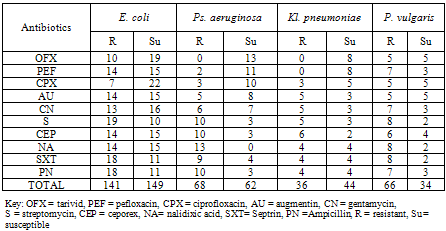

Second-line options include fluoroquinolones and β-lactams, such as amoxicillin-clavulanate. The recommended first-line empiric therapies for acute uncomplicated bacterial cystitis in otherwise healthy adult nonpregnant females is a 5-day course of nitrofurantion or a 3-g single dose of fosfomycin tromethamine. Knowledge of the common causative pathogens of UTIs including local susceptibility patterns are essential in determining appropriate empiric therapy. Increasing rates of antibiotic resistance necessitate judicious use of antibiotics through the application of antimicrobial stewardship principles. UTIs are categorized according to location (upper versus lower urinary tract) and severity (uncomplicated versus complicated). The assessment of suspected UTI includes identification of characteristic symptoms or signs, urinalysis, dipstick or microscopic tests, and urine culture if indicated.


These organisms can acquire genes that encode for multiple antibiotic resistance mechanisms, including extended-spectrum-lactamases (ESBLs), AmpC- β -lactamase, and carbapenemases. Gram-negative bacteria, specifically Enterobacteriaceae, are common causes of both community-acquired and hospital acquired UTIs. Urinary tract infections (UTIs) caused by antibiotic-resistant Gram-negative bacteria are a growing concern due to limited therapeutic options.


 0 kommentar(er)
0 kommentar(er)
